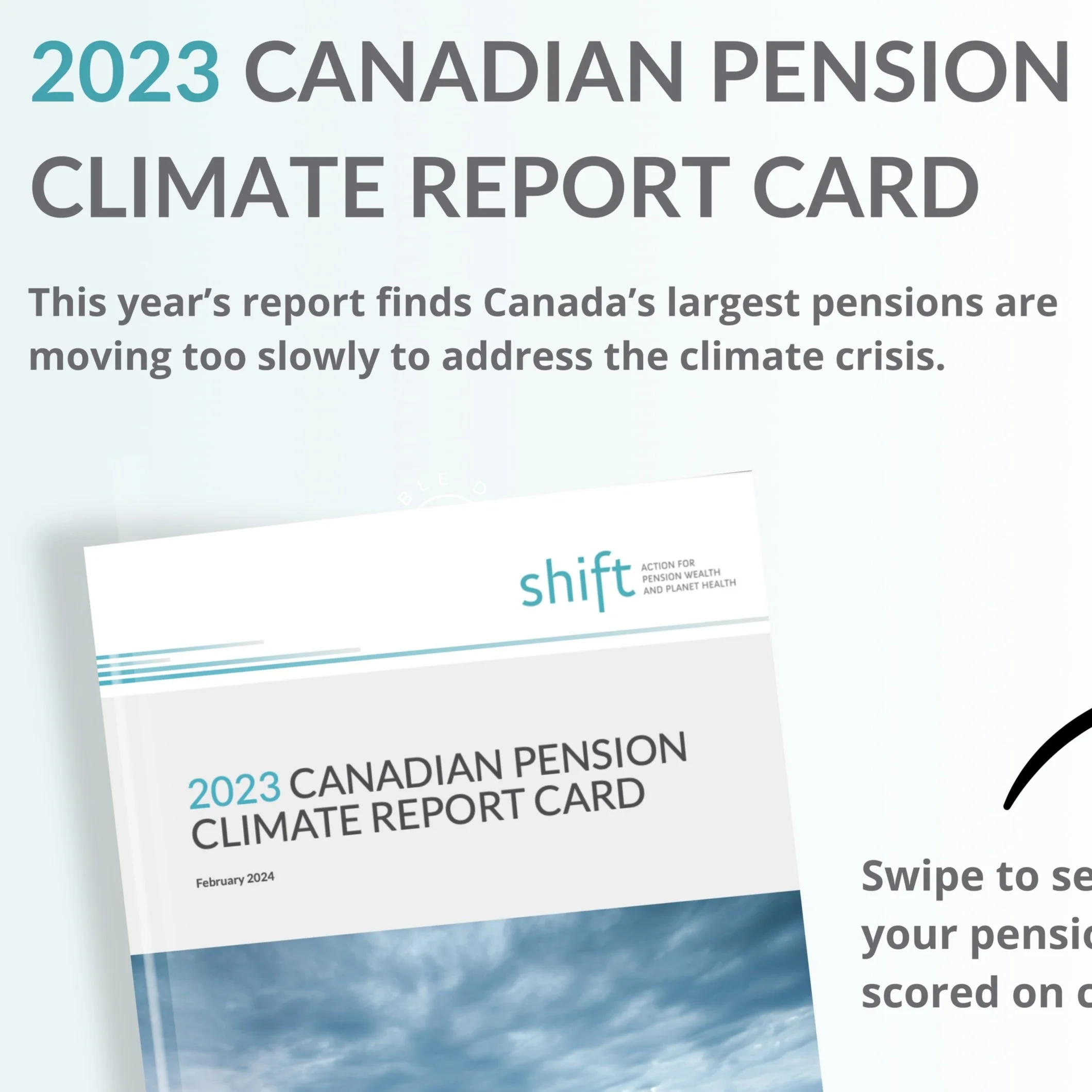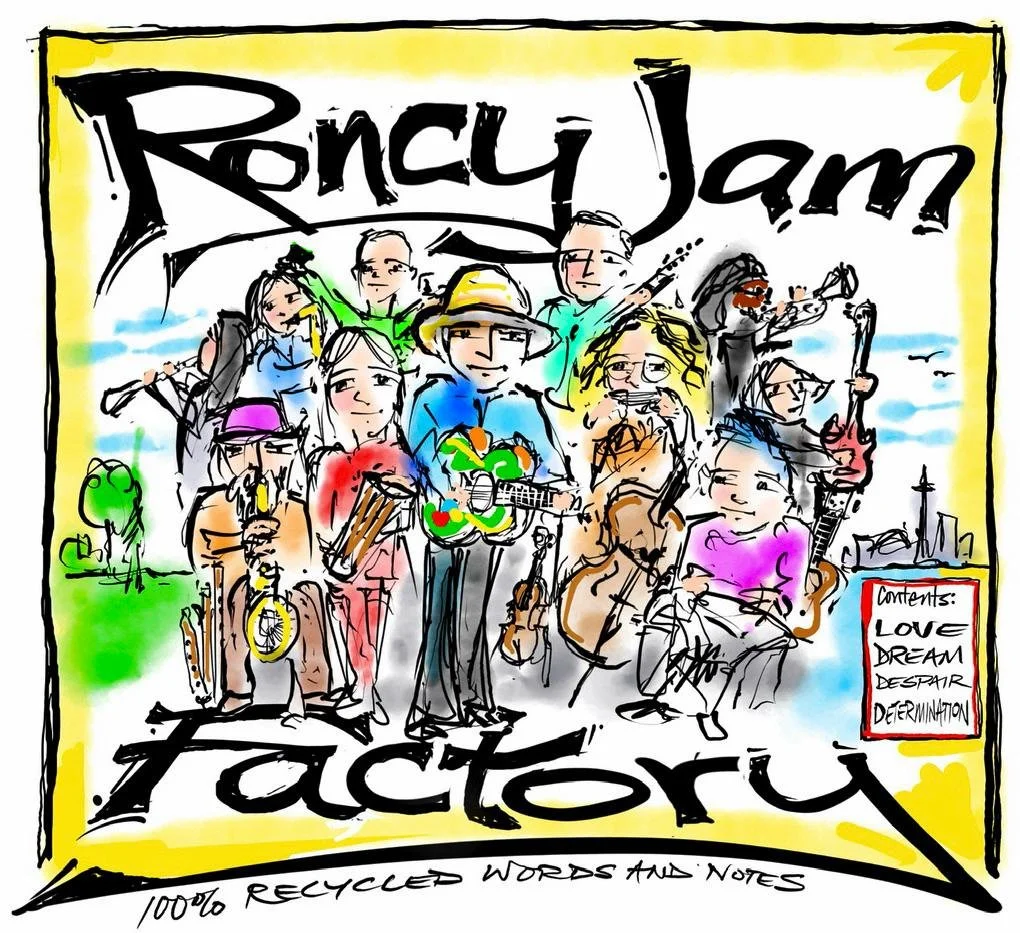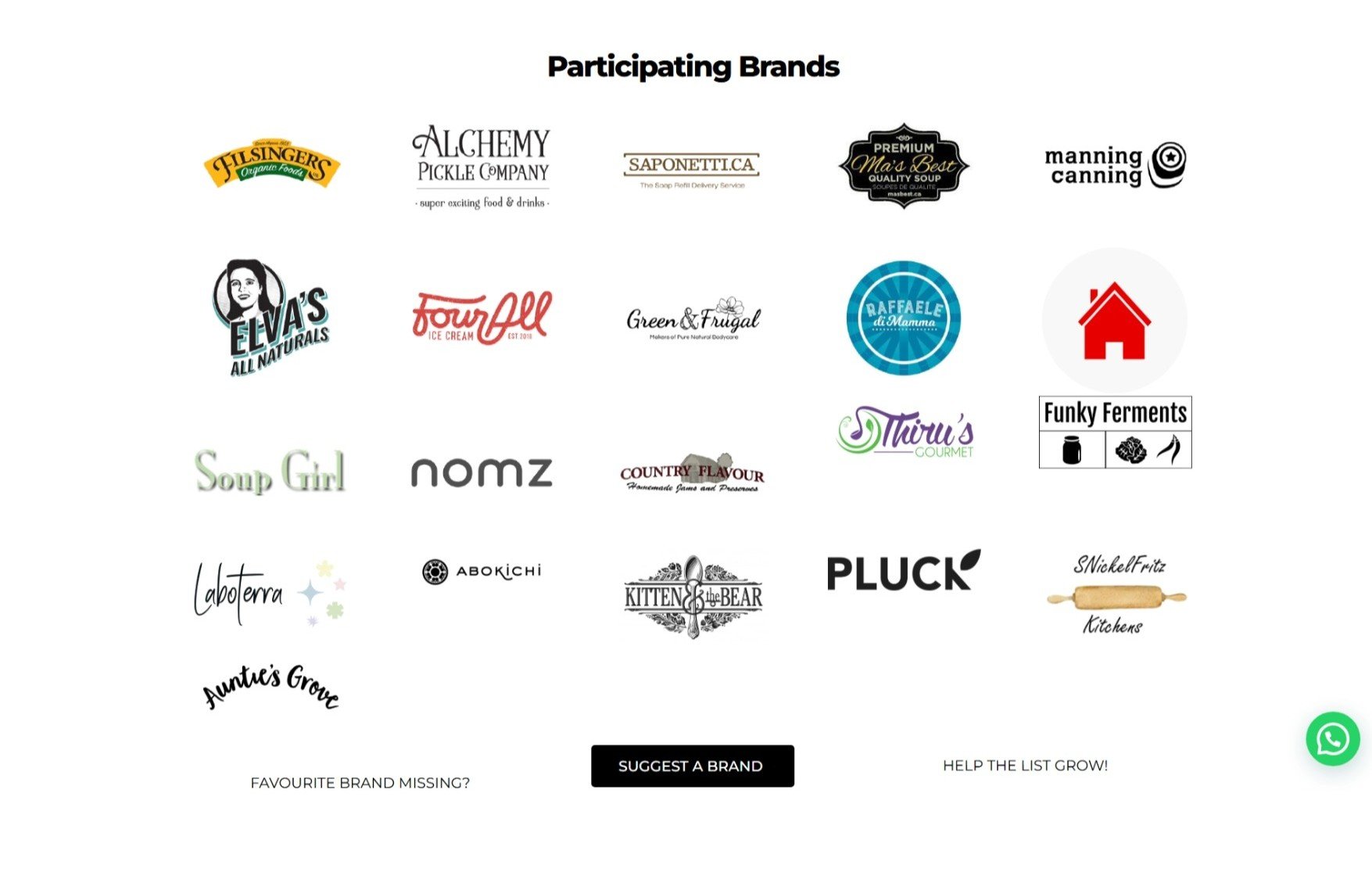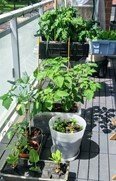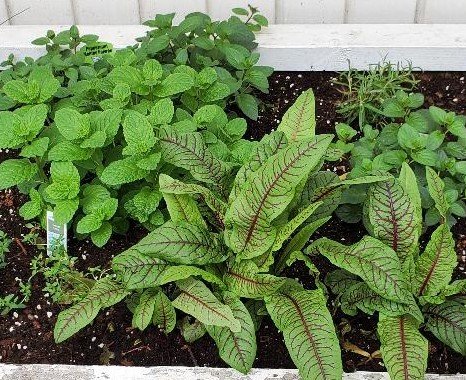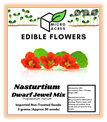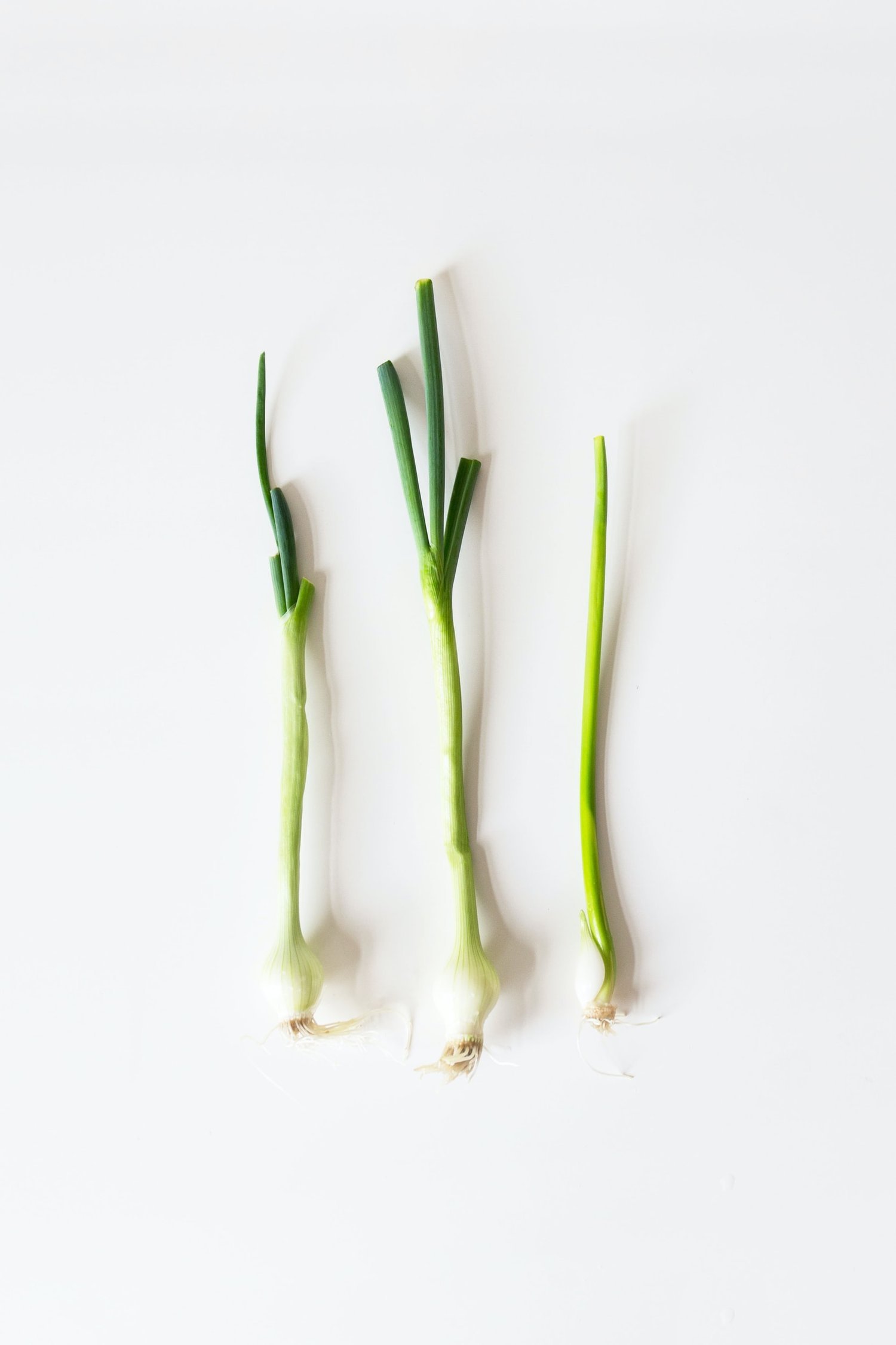You can look forward to Spring cleaning knowing Roncy REmarket is coming Saturday June 7. The popular Repair Cafe is back, and there'll be new info about home retrofits. Cool stuff for kids to do too. A list of what to save for recycling drop-off will come out later. Anything you'd like to see? Let us know at infophp4ca@gmail.com.
Donatables
HOUSEHOLD:
Reusable shopping bags: sturdy, clean
>> PHP4CA
Food: canned foods, coffee, tea, dried beans or baking supplies
>> Kindred Kitchen
Batteries
>> Guardian Drugs
Tea towels, aprons
>> Kindred Kitchen
Textiles - (rags or useable): bedding, linen
>> Salvation Army
Packaging from the brands collected by >> Circulr.ca https://circulr.ca/reuse-benefits-for-consumers/#product-list
Luggage, suitcases
>> Not Just Tourists
STATIONERY, COMPUTER + OFFICE:
Pens, pencils, crayons, coloured pencils, markers
>> Staples
Computers (laptop, desktop), monitors + accessories (keyboards, mice, webcams, microphones, speakers), + internal components (graphic cards, wifi/network cards, RAM, hard drives) mobile phones, tablets and other devices; all cords.
NO PRINTERS/SCANNERS
See: https://www.freegeektoronto.org/tech-reuse
>> Free Geek
Printer cartridges
>> Staples
PLASTICS:
#2 and #5 triangle, rinsed clean and label removed https://plasticflux.com/pages/collection-points
>> Plasticflux
Packaging from the brands collected by Circulr.ca https://circulr.ca/reuse-benefits-for-consumers/#product-list
PERSONAL:
Eyeglasses, gently used
>> Phila Optical
Medical Supplies for: trauma, burn, emergency care, medical exam, clinical.
See: https://njt.net/i-can-donate-medical-supplies/
NO drugs, medical waste, medicine, clothing, pamphlets, expired liquids
Clothing: rags or reuseable
>> Salvation Army
Live Music By The Roncy Jam Factory
The Roncy Jam Factory* is honoured and delighted to play at the REmarket, Not only because of the increased significance of the practice of "reduce reuse recycle, repair” but also because of the special community of people who are offering and seeking these services.
We look forward to singing songs inviting people to stop, think and dream.
REmarket Partners
clothing swap
Looking to refresh your wardrobe and clean out your closet? Consider the Clothing Swap at the Roncy REmarket. June 7, 10-3 at Roncesvalles United Church.
TheBikeLocke
Matt from TheBikeLocke will be joining us at the REmarket on June 7. He is available to do minor bike fixes and discuss all things bike.
Happy to welcome TheBikeLocke to the Roncy shopping strip and REmarket 2025
resuable shopping bag drop off
Want to get rid of these reusable grocery bags? They might have seemed like a good idea at first. But now, oh boy, we're swimming in them. Bring your clean extras in good condition, to the Roncy REmarket on June 7 and we will deliver to the Parkdale Community Food Bank to use for grocery deliveries.
Reusable toronto
Reusable Toronto is an initiative of local organizations, reuse champions, businesses, and community members, convened by the Toronto Environmental Alliance (TEA). Together, we’re working to eliminate harmful disposables and champion a culture of reuse in Toronto through advocacy, policy change, community engagement, and on-the-ground solutions.
We’re inspired by a growing movement around the world, including the work of Upstream and non-profit led campaigns like ReusableLA, ReusableSF and ReusableNYC. These jurisdictions have begun to pass new regulations that promote reuse, such as requirements for reusable dishes when dining in. Visit their website to learn more.
Too Good To Go
Fighting Food Waste together since 2016
Too Good To Go is a certified B Corp social impact company, on a mission to inspire and empower everyone to fight food waste together
Too Good To Go was founded in 2015 in Copenhagen by a group of young entrepreneurs who shared a dream of finding a solution for the massive amounts of food wasted by buffet restaurants in Denmark.
The Too Good To Go marketplace app launched in Denmark early in 2016 and became an instant hit. In the first few weeks hundreds of businesses uploaded their surplus food to the app and thousands of users started saving it. It’s available world wide now.
Learn more:
Guardian Battery recycling drop off
Here is what Adam at Guardian Drugs says about why they collect used batteries: "We offer battery recycling to make it easier for members of our community to do the right thing. I believe if people are presented with a low barrier option they will make the best choice for our environment."
Guardian has been a long time supporter of Roncy Reduces and now the Roncy REmarket. Guardian is providing the used battery bins for the REmarket on June 7 from 10-3. Thanks Adam.
Earthstar Botanicals
Earthstar Botanicals will be at the Roncy REmarket June 7, 10-3. Please drop by and chat with Danielle about Earthstar's activities. Here is some history. In 2024, Danielle Marcos created Earthstar Botanicals urban herb farm with a triple goal:
1) Regenerative Farming: farm as ecological oasis for local pollinators;
2) Beautiful Botanicals: herb products that delight the body and the senses;
3) Plant-Human Bonding: a space where humans can rediscover their connection to their green kin.
Danielle is a member of Project Swallowtail, and is currently completing Pollinator Steward Certification with Pollinator Partnership Canada. She is delighted to be selling pollinator plants (native perennials & annuals) and herb products at the Roncy REmarket on June 7.
Kindred Kitchen
Kindred Kitchen will be collecting canned goods, aprons and tea towels at the Roncy REmarket June 7, 10-3. Please help the kitchen feed neighbours who are in need by donating these items during the REmarket.
lazy bones cozy
LazyBonesCozy is a regular at the Roncy REmarket. Here is the motivation behind the company: Utilizing repurposed, salvaged and designer sample fabrics, I create useful/mindful pieces for a variety of personal comfort and homeware products, while keeping fabric waste out of landfills. My signature piece, and where my company name was derived, is my Neck "Bone" Cushion. The unique shape is appealing and highly functional. Works on all your curves, neck, back, knee body.
Come and check out Toula's latest creations on June 7, 10-3.
Plastic Flux
This is the first time we have had Plastic Flux at the REmarket. Plastic Flux is a small startup based in Toronto that takes post consumer plastic waste and transforms it into household goods, building materials and furniture. We know plastic waste is a massive problem, and only through collaboration can we make a meaningful impact. Plastic Flux will take items with recycle symbols 1 and 5 which are clean and have labels off. Welcome Plastic Flux.
City of Toronto - Live Green
Live Green Toronto is a City of Toronto program that provides grants, incentives, resources and tools to promote behaviour change and catalyze climate action to meet Toronto's ambitious target to reduce community-wide greenhouse gas (GHG) emissions to net zero by 2040.
City of Toronto - Solid Waste Management Services
The City of Toronto’s Solid Waste Management Services is responsible for collecting, transporting, processing, composting and disposing of municipal and some private sector solid waste, including garbage, recyclables, organics, yard waste, electronics and household hazardous waste.
Greenest City
Greenest City, the environmental program of West Neighbourhood House, builds healthy, inclusive neighbourhoods centred around place-based climate action. At the core of our climate action work is the vision of thriving earth, thriving people, a focus on collective care of the earth (and each other!) and building resilient communities in response to climate change
Ecomariko
Mariko Uda (ecomariko) is a local author/illustrator of a simple & fun all-ages picture book called "Where does it all come from? Where does it all go? Toronto's water, energy & waste systems," which draws on her science & engineering background. She will be giving free readings & also share zero-waste Japanese rope-making!
Free geek toronto
Free Geek Toronto will be collecting the following items at the REmarket (see graphic below).
A proud certified social enterprise in the heart of Toronto
Across North America, passionate people help out at their community Free Geek organization to refurbish discarded computers and make them useful tools again for people who need them. In the process, people build community, gain skills, and help the planet.
Our mission is to provide low-cost computers, offer green solutions to unwanted and end-of-life technology, and work with partners to increase digital inclusion in our city.
Our vision is a city with options for access to technology that reflect people’s ability to pay, a collective commitment to digital inclusion, and the planet’s well-being.
We focus on promoting a circular economy, extending the life of products and reducing our reliance on virgin materials. We seek out unwanted electronics for reuse and refurbishment, selling them at accessible prices. Only items that cannot be reused or refurbished are ethically recycled. Without our commitment to environmental change, we would not have products that help create social change. We take pride in being an employment social enterprise, serving as a model for the circular economy, and moving towards a zero-waste society.
Free Geek Toronto is a certified not-for-profit social enterprise.
Staples
Please bring any of the following that you wish to dispose of to the REmarket on Saturday, June 7 and we will be sure to get them to Staples:
dead pens
dead markers
stub lead pencils
stub coloured pencils
finished toner and ink jet printer cartridges
“Our mission will never go to waste. Staples Canada has been committed to reducing our environmental impact for more than 20 years. We continue to work hard to create collaborative programs, generate innovative initiatives, and provide sustainable solutions for our customers across Canada.”






Circulr
Grocery Packaging Reuse Program
Circulr is helping Consumer Packaged Goods brands recapture and reuse packaging to reduce waste.
Consumers simply return rinsed packaging from the brands we work with to a Circulr bin, and track their return through the Circulr app to receive a deposit or reward (minimum $0.10 for each accepted jar). Once the packaging is dropped off, Circulr collects it, washes it, and ships it back to the brand to be refilled and put back on store shelves.
Why Use Circulr?
Participating in Circulr is one of the easiest ways to play a part in the circular economy. By returning packaging through the Circulr system you can keep it out of landfills and in circulation for longer.
not just tourists
Our project is about love. Through the work of volunteers, we aspire to:
Change the way people travel and start the journey for ordinary tourists to become humanitarians
Prevent the waste of usable medical supplies and get them to those in most need
Not Just Tourists was founded with the purpose of getting medical supplies to those who can’t afford them. Ordinary tourists are given the means to change the lives of the locals they visit. After seeing first-hand the serious lack of medical supplies in Cuba in 1990, Dr. Ken Taylor and his wife Denise—from St. Catharines, Ontario—started taking medical supplies to remote areas in Cuba. Soon others who were traveling to Cuba began approaching them to take medical supplies too, and the Not Just Tourists phenomenon started.
Since it’s inception 30+ years ago, NJT has spread to chapters across the world, with over 10,000 suitcases and 2,000,000+ lbs of medical supplies and equipment delivered to 82 countries.
Not Just Tourists receives donations from Canada’s largest hospitals, clinics, medical suppliers and individuals. The supplies donated are typically gauze, bandages, surgical instruments, masks, gloves, antiseptics, IV kits, urinary supplies and birthing kits. The supplies are packed by volunteers into suitcases during weekly “packing parties”. Travellers sign up and are given the suitcases to deliver to remote clinics where they are needed. The project does not accept funding, is non-political, non-religious. Everything is accomplished through volunteers.
Salvation Army Thrift Store
What you no longer use someone else needs! Donate your new or gently used clothing and textiles to The Salvation Army Thrift Store at the Roncy REmarket on June 7.
As a non-profit organization, the funds raised through the sale of donated items at their Thrift Stores directly support Salvation Army programs and services like food banks, shelters, and children’s camps.
Every donated item supports people in need and helps give pre-loved goods a second life.
Learn more at www.thriftstore.ca
The Repair Cafe
The Repair Cafe is back at the Roncy REmarket by popular demand. The cafe is neighbours helping neighbours to fix household items - small appliances, clothing, home electronics, jewellery, bikes. If you can carry it, the cafe fixers will try their best to repair. For free! The Repair Cafe will run from 12-3 on June 7 at the Roncy REmarket.
Quintessentials
Quintessentials will be joining the Roncy REmarket on June 7, 10-3. Expect some lovely clothing and other items made from up-cycled wool. Just the way we like to see clothing made.
Energy Neighbour
Michelle Hjort is your Energy Neighbour. She will be at the Roncy REmarket on June 7, 10-3, to chat about all things related to energy saving home retrofits. If you want information on heat pumps, solar, etc Michelle is the expert you want.
Zygg Ebikes
Zygg Ebikes will be at the Roncy REmarket on June 7, 10-3. If you've been considering an ebike here is your chance to learn more.



